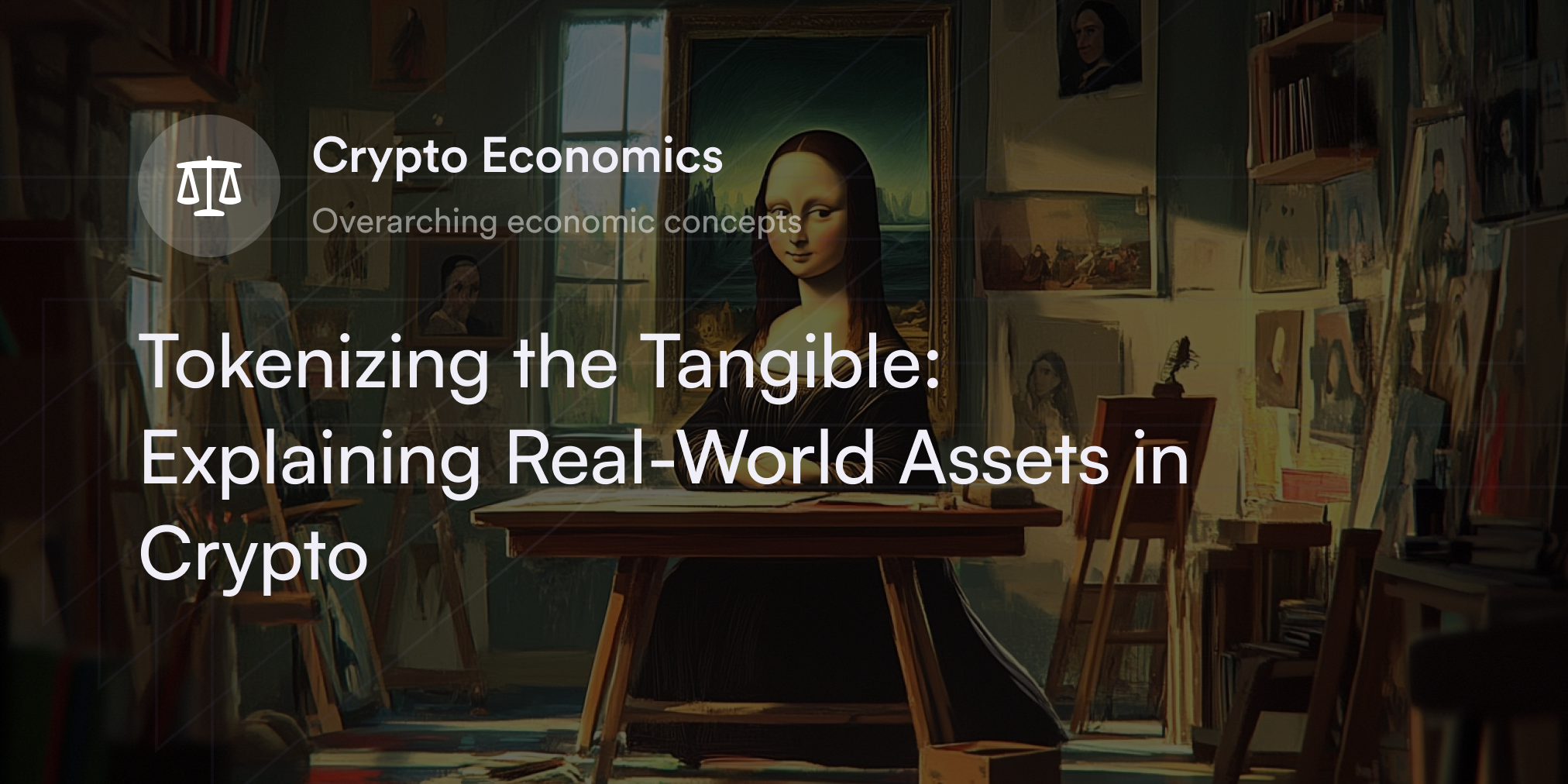


Cryptocurrency traders have seen dozens of ups and downs since Bitcoin (BTC) launched in 2009, but the overall trajectory of the market has been climbing. For the first time in history, BTC hit a staggering $1 trillion valuation in 2021, and the rest of the cryptocurrency industry swelled to nearly $3 trillion that same year.
Whenever cryptocurrencies go on these tremendous upswings, it's common to hear people use phrases like "bullish sentiment" and "bull market"—but what do bulls have to do with BTC’s prices?
Learning what a "bull market" helps traders figure out how other traders feel about the value of digital assets and make informed predictions about future price potential. Learn how to spot a crypto bull market and how long they typically last.
What is a Bull Market in Cryptocurrency?
When financial analysts say an asset is in a bull market, they mean the value of an investment has continued to increase for at least a few months. The phrase "bull market" alludes to the way a bull lifts its horns to attack its prey or a daring toreador. During "bullish" periods, prices keep heading up with no end in sight. A "crypto bull run" means there's sustained upward price movement in the cryptocurrency market.
During bull markets, as the value of digital assets goes up, traders may feel a sense of euphoria, excitement, and optimism about the future. Because the general trend of a bull market is upward, traders typically see greater profits and have higher risk tolerance as they seek to maximize potential gains in emerging growth segments. Traders are also more likely to trade in smaller and more speculative cryptocurrencies during bull runs as they try to capitalize on potential profits in digital assets. Sometimes, the mania of a bull market leads people to make rash emotional decisions and "panic buy" cryptocurrencies to avoid the fear of missing out (or "FOMO"). However, traders need to respond to bull markets appropriately and avoid excessive commitments and risk. The markets can be extremely volatile and a bull market can turn into a “bear” market very quickly as well as experience substantial declines in value.
What Causes a Cryptocurrency Bull Market?
Positive economic data and news are the key contributors to cryptocurrency bull runs. Traders must feel comfortable putting their money to work in cryptocurrencies rather than holding onto cash or investing in more well-established alternative sectors, such as bonds and precious metals. Due to the volatile and speculative nature of digital assets, some traders treat virtual currencies like Bitcoin (BTC) and Ethereum (ETH) as "high-risk" assets, and many aren't comfortable entering this space if the broader macroeconomic picture isn't pretty.
Typically, bull markets occur when traders feel confident the overall economy is growing thanks to positive gross-domestic-product (GDP) numbers, strong consumer confidence levels, and low unemployment. Bull markets also usually correlate with a lower interest rate environment from policymakers like the Federal Reserve (Fed), making it easier for traders and businesses to borrow funds and put money into cryptocurrency. All of these factors mean more people have extra capital to spend on assets like cryptocurrency, often leading to the higher trading volumes seen during bull runs.
There are also crypto-specific factors that drive trading activity in the digital assets sector. For instance, whenever a cryptocurrency project has a scheduled upgrade on their software, it often triggers excitement in the space. Or, if traders feel the upgrade improves some aspect of the crypto asset and doesn’t introduce new issues or security concerns, it often attracts bullish market activity. One example of this phenomenon is when Ethereum transitioned from its original consensus model of proof-of-work (PoW) to proof-of-stake (PoS) in an event called “The Merge.” This event took place on September 15, 2022, and in the months leading up to the Merge, the price per ETH rose from a recent low of $993 in June 2022 to around $1,900 in August.
The field of “on-chain data”—or information about a crypto network’s user activity—also plays a role determining a coin or token’s price. On-chain refers to the decentralized payment networks (aka blockchains) cryptocurrencies use to power peer-to-peer (P2P) payments. Firms like Glassnode, LookIntoBitcoin, and Chainalysis scan activity on blockchains and publish reports on their findings, often influencing the perception of a particular crypto asset’s safety and adoption. Bullish on-chain data often includes an increasing average daily transactions, growing cryptocurrency wallet addresses, and more computers (aka nodes) contributing energy to a blockchain’s validation process. On-chain analysts also monitor the flows of cryptocurrencies to and from exchanges, which gives a glimpse into whether more people are withdrawing cryptocurrency into private wallets or depositing on exchanges to potentially sell their digital assets.
How Do Traders Know They're in a Bull Market?
Sometimes, the start of a bull market catches traders by surprise. It’s tricky to know a bull run is happening without the benefit of hindsight. However, there are a few metrics traders use to determine whether the crypto market is leaning bullish:
Technical chart patterns and trendlines: In finance, technical analysis focuses on chart patterns and historical trends to predict the future price trajectory for an asset class. For instance, analysts often examine trendlines called "moving averages" to confirm whether cryptocurrencies are in a bull market. A moving average traces a cryptocurrency's median price over a set period (e.g., the past 50 days, 100 days, or 200 days). When the average cost of a cryptocurrency is above multiple moving averages, it's likely in a bull market.
More attention in mainstream media: News outlets are more likely to report on cryptocurrencies as prices increase, further fueling public interest in digital assets. It's also common for cryptocurrency companies to invest in advertising to capitalize on the pervasive bullish sentiment. For example, the exchange Crypto.com bought the naming rights for LA’s former Staples Center during the 2021 cryptocurrency bull run.
Higher trading volume on exchanges: Volume measures how many times a cryptocurrency trades between buyers and sellers each day on an exchange. Since more people are rushing into the market during a bull run, it's common to see average trading volumes rise throughout the crypto ecosystem.
Stronger trader confidence and riskier decisions: Generally, traders are willing to move away from established cryptocurrencies like BTC during bull runs to search for new profitable opportunities in lesser-known projects. For instance, in the 2017–2018 crypto bull run, Bitcoin's percentage of the total crypto market (called “BTC dominance”) fell from 95% to 37%, indicating more people took profits from BTC to trade in altcoins. It's also common for Alternative.me's "Crypto Fear & Greed Index" to stay in the "greed" category during bull markets. The Crypto Fear & Greed Index analyzes daily cryptocurrency trading activity, price volatility, and social media sentiment to determine how traders feel about the current market conditions. That said, these factors may be overtaken by negative developments in the crypto space, which can turn a bull market very quickly.
Bull Market Versus Bear Market: What's the Difference?
The only similarity between a "bear market" and a "bull market" is that both terms use an animal's fighting stance as their defining metaphor. Unlike bulls, bears tend to attack their prey with a downward motion, symbolizing the falling market prices during a “bear market.”
In a bear market, sellers outpace buyers as more people rush to cash out their Bitcoin and altcoins. Bad economic data or geopolitical issues such as war, high unemployment rates, or poor GDP numbers often trigger a market downturn and lead to a bear market. Understandably, traders tend to feel pessimistic and fearful about the future while going through a market correction. In terms of technical analysis, many economists define a bull market as a drop of at least 20% in the broader market, but due to their volatility, cryptocurrencies may fall more than 20% in a bear period. For instance, the global crypto market fell from a peak of $3 trillion to less than $1 trillion between the 2021 bull run and the 2022 bear market. If the prices of digital assets stay low and stagnant for a long time, traders may say they're in a "crypto winter."
What’s the Average Length of a Bull Market?
Unlike a short-lived and unsustainable price spike (a “bubble”), a bull market is a sustained period of economic growth. In other words, prices need to rise continuously for more than a few weeks to qualify a bull market. Economists have differing opinions on the minimum length of a bull market, but historical data from the S&P 500 Index suggests the average length of a stock bull market is about six years. However, most of the prior bull markets in the cryptocurrency ecosystem are far shorter—typically no more than a year. The novelty and volatility of the cryptocurrency market make it one of the most difficult for financial analysts to forecast accurately.
Despite the challenges of determining the average length of a crypto bull market, some traders use the "four-year cycle theory" to explain crypto bull runs. In this theory, the prices of digital assets rise for roughly one year after the "Bitcoin halving," which is when the number of BTC entering circulation drops by half. After BTC halving events in 2012, 2016, and 2020, the crypto market rallied for about one year before reaching a peak, dropping, and staying in a crypto winter for roughly three years.
While the four-year cycle theory is popular amongst cryptocurrency enthusiasts, it's a highly speculative idea, and there's never a guarantee past performance will be replicated in the future. Even if BTC's supply goes down, there must be enough buying pressure to trigger a sustained bullish move. If there's not enough demand for BTC or other assets post-halving, the four-year cycle model will prove incorrect. Additionally, other factors unique to the crypto space can impact and turn a bull market, such as government regulation, enforcement actions and issues with banks that focus on cryptocurrency.
Explore Cryptocurrency Perpetuals Trading on dYdX
Whether you’re bullish or bearish on the cryptocurrency market, dYdX has all the tools you need to design a personalized trading strategy. With crypto perpetual contracts, eligible traders have the option to go long or short dozens of digital assets without worrying about expiry dates. dYdX also offers advanced trading features including slippage tolerance and stop-losses to help users set up their trades. Discover more about our product on dYdX's blog and learn more about the broader crypto ecosystem and trading strategies by reading educational content on our Academy.
Disclaimer
The content of this article (the “Article”) is provided for general informational purposes only. Reference to any specific strategy, technique, product, service, or entity does not constitute an endorsement or recommendation by dYdX Trading Inc., or any affiliate, agent, or representative thereof (“dYdX”). Use of strategies, techniques, products or services referenced in this Article may involve material risks, including the risk of financial losses arising from the volatility, operational loss, or nonconsensual liquidation of digital assets. The content of this Article does not constitute, and should not be considered, construed, or relied upon as, financial advice, legal advice, tax advice, investment advice, or advice of any other nature; and the content of this Article is not an offer, solicitation or call to action to make any investment, or purchase any crypto asset, of any kind. dYdX makes no representation, assurance or guarantee as to the accuracy, completeness, timeliness, suitability, or validity of any information in this Article or any third-party website that may be linked to it. You are solely responsible for conducting independent research, performing due diligence, and/or seeking advice from a professional advisor prior to taking any financial, tax, legal, or investment action.
You may only use the dYdX Services in compliance with the dYdX Terms of Use available here, including the geographic restrictions therein.
Any applicable sponsorship in connection with this Article will be disclosed, and any reference to a sponsor in this Article is for disclosure purposes, or informational in nature, and in any event is not a call to action to make an investment, acquire a service or product, or purchase crypto assets. This Article does not offer the purchase or sale of any financial instruments or related services.
By accessing this Article and taking any action in connection with the information contained in this Article, you agree that dYdX is not responsible, directly or indirectly, for any errors, omissions, or delays related to this Article, or any damage, injury, or loss incurred in connection with use of or reliance on the content of this Article, including any specific strategy, technique, product, service, or entity that may be referenced in the Article.







